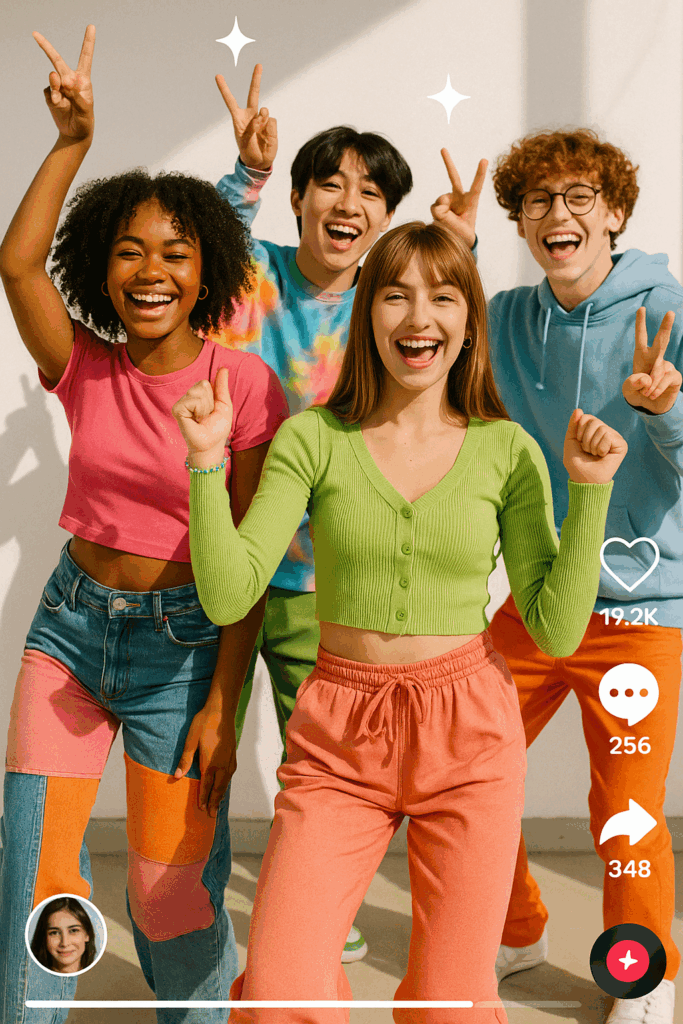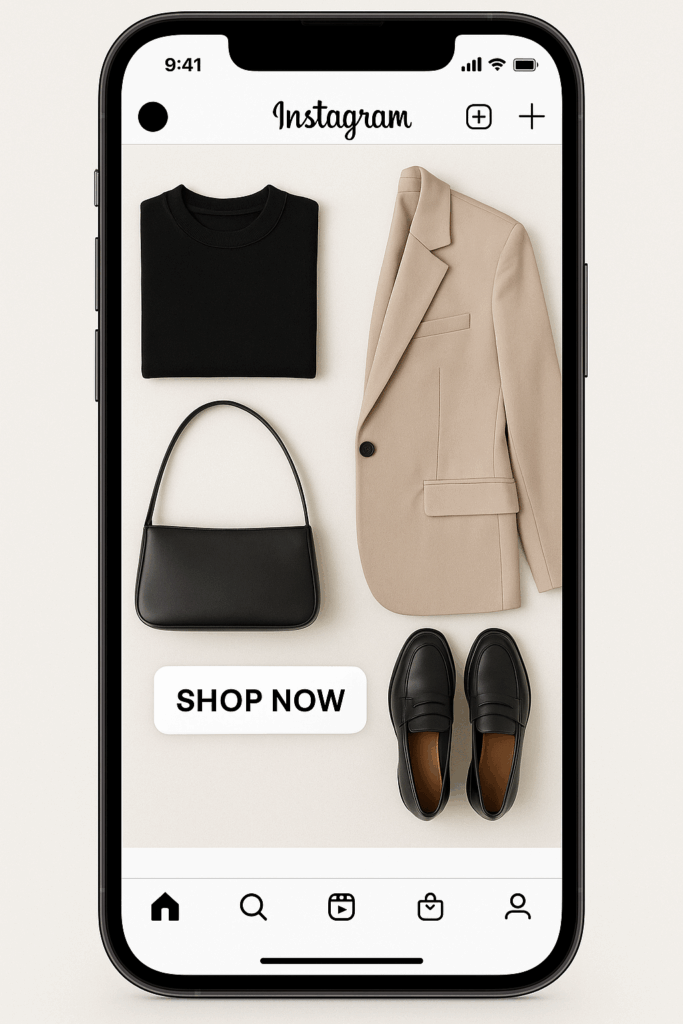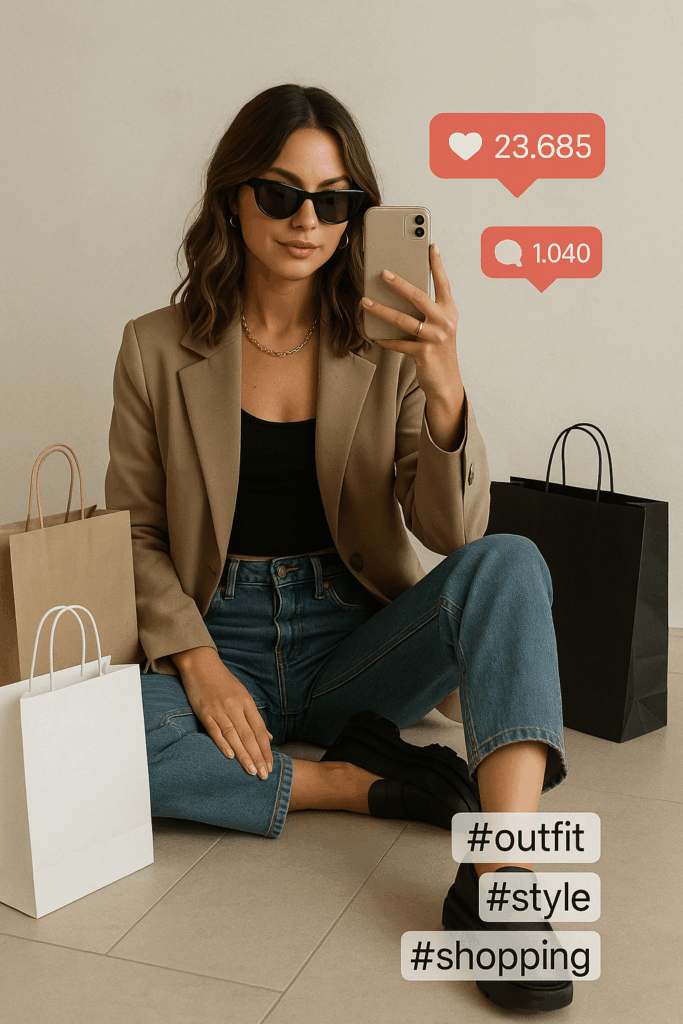The Fashion Industry: Social Media’s Role in Shaping Trends
Social media and fashion go hand in hand in the digital-first world. What once was ruled by runways and Vogue pages is today being determined by Instagram feed, TikTok trends, and influencer collaborations. Social media has transformed the fashion world, making trends more democratic, giving voice to new voices, and creating style into a worldwide conversation about how social media is shaping trends.

From Runway to Real-Time
Earlier, there used to be a delay of months before trends percolated from high-fashion runways to high-street brands. Social media currently speeds up the process. It takes a viral TikTok pattern, an Instagram post, or celebrity posting to light up an overnight worldwide trend. Those micro-trends like “cottagecore,” “clean girl look,” or “Y2K revival” travel on social media even before high-fashion brands start taking cognizance. So they act fast, creating collections that are reacting to current demand.

Influencers as the New Taste-Makers
Influencers are today’s fashion editors. Influencers have millions of followers and shape purchases more intimately than traditional media. It may be mega influencers such as Kylie Jenner or micro-influencers with specialized audiences, yet social media influencers provide authenticity and credibility not found in conventional advertisement. Now, fashion brands collaborate with influencers to reach niche communities, and hence they are at the core of marketing strategies for the industry. Whatever may be the trend, the persona will play a massive role in the trend.
The Rise of User-Generated Content
Ordinary consumers have been empowered by social media to be able to create trends independently. Social media platforms such as TikTok are user-generated content-based where fashion ideas can go viral. This has made fashion more democratic to the extent that with the instant click, any customer irrespective of location on the globe can afford to give his/her fashion a chance and be part of global discourses. Street fashion in one city can generate a global trend in a matter of days.
E-Commerce and Spontaneous Shopping
Social media shattered the divide between purchase and influence. With “shop now” functionality on Instagram, Pinterest, and TikTok, individuals can purchase what they view. This fusion of commerce with content set the stage for impulse purchases on a massive scale and drove the fast-fashion business. It has, however, given smaller, independent creators a platform on which to sell directly to consumers without having to mass-merchandise.

Challenges: Fast Fashion and Sustainability
Social media opened up possibilities and also kindled fast fashion demands. Constant need to be at par with micro-trends creates wastage and overconsumption. Yet, the same platform has answered calls for sustainability too. Movements such as #SlowFashion and #ThriftFlip reflect social media power in fueling consumption as well as mindful consumption.
The Future of Fashion & Social Media
With changing technology, social media will increasingly rule the roost in fashion. Augmented reality fitting rooms, personal shopping with AI, and the emergence of the metaverse already are setting the tone for the future. Trend-savvy but genuine and sustainable brands will shape the future in this case.
Conclusion
Social media revolutionized the fashion industry — turning trends into movement overnight, giving mass-market consumers and influencers power, and changing the shopping experience. Issues aside, there is no denying its power: the fashion world is digital, quick, and inextricably intertwined with the social media world.
Recommend0 recommendationsPublished in apparel, Bathing Suits, Bridal, celebrity fashion, Jewelry, Makeup, Our Fashion Passion



